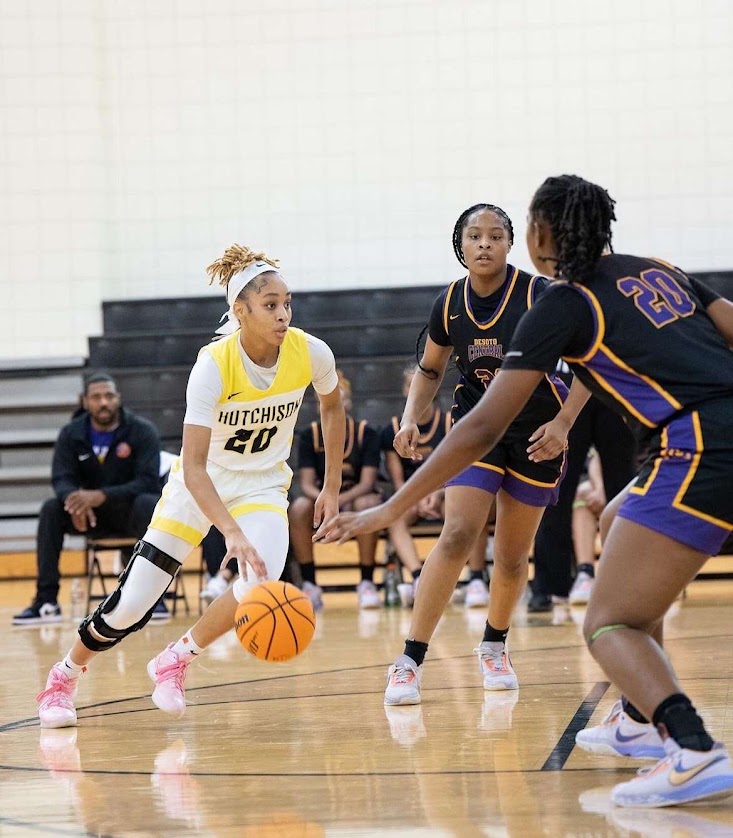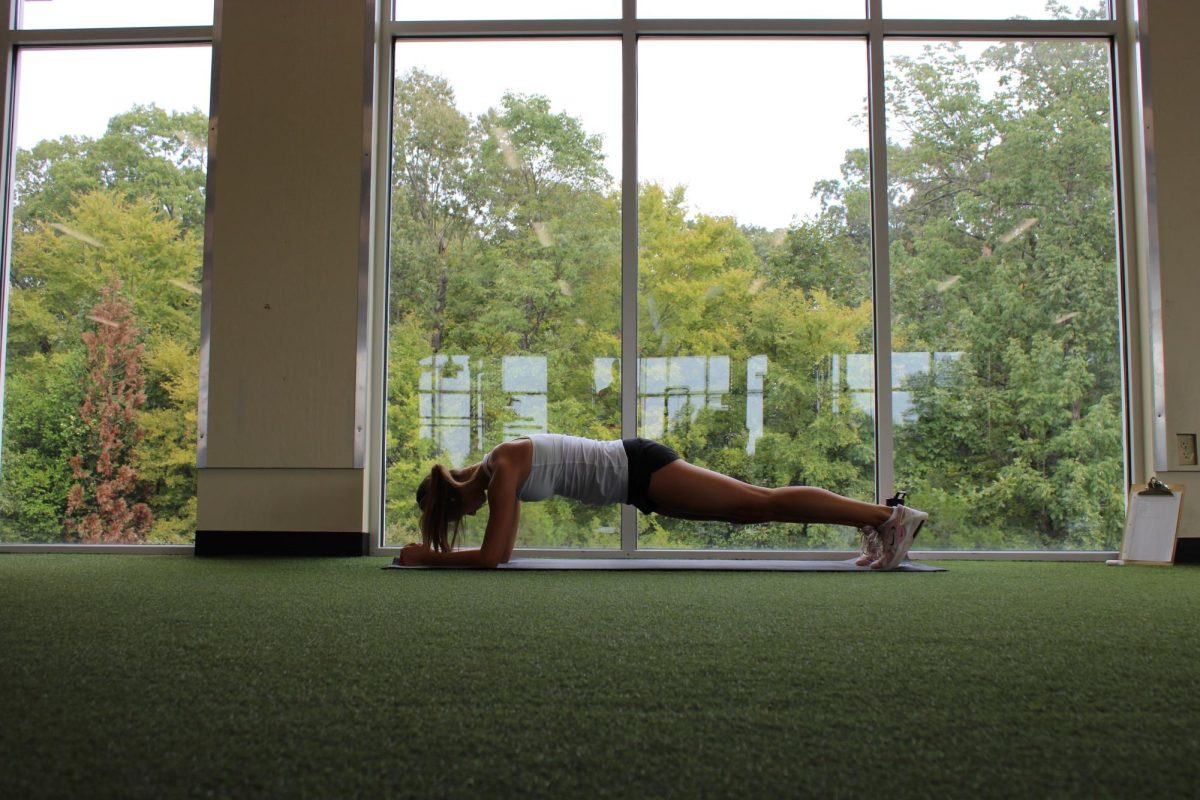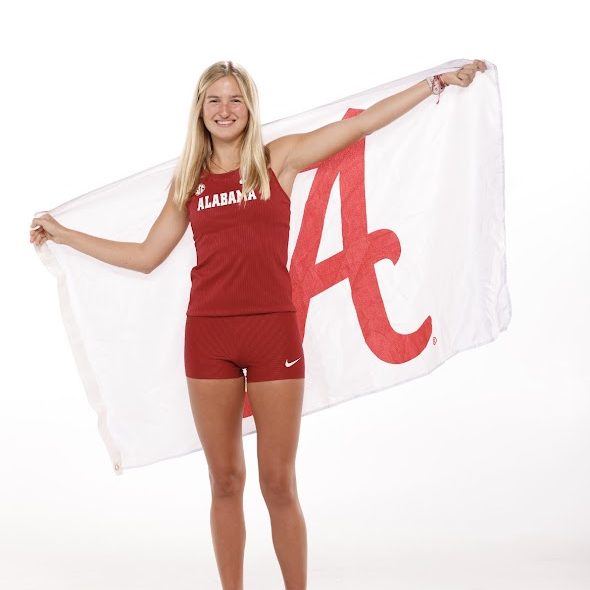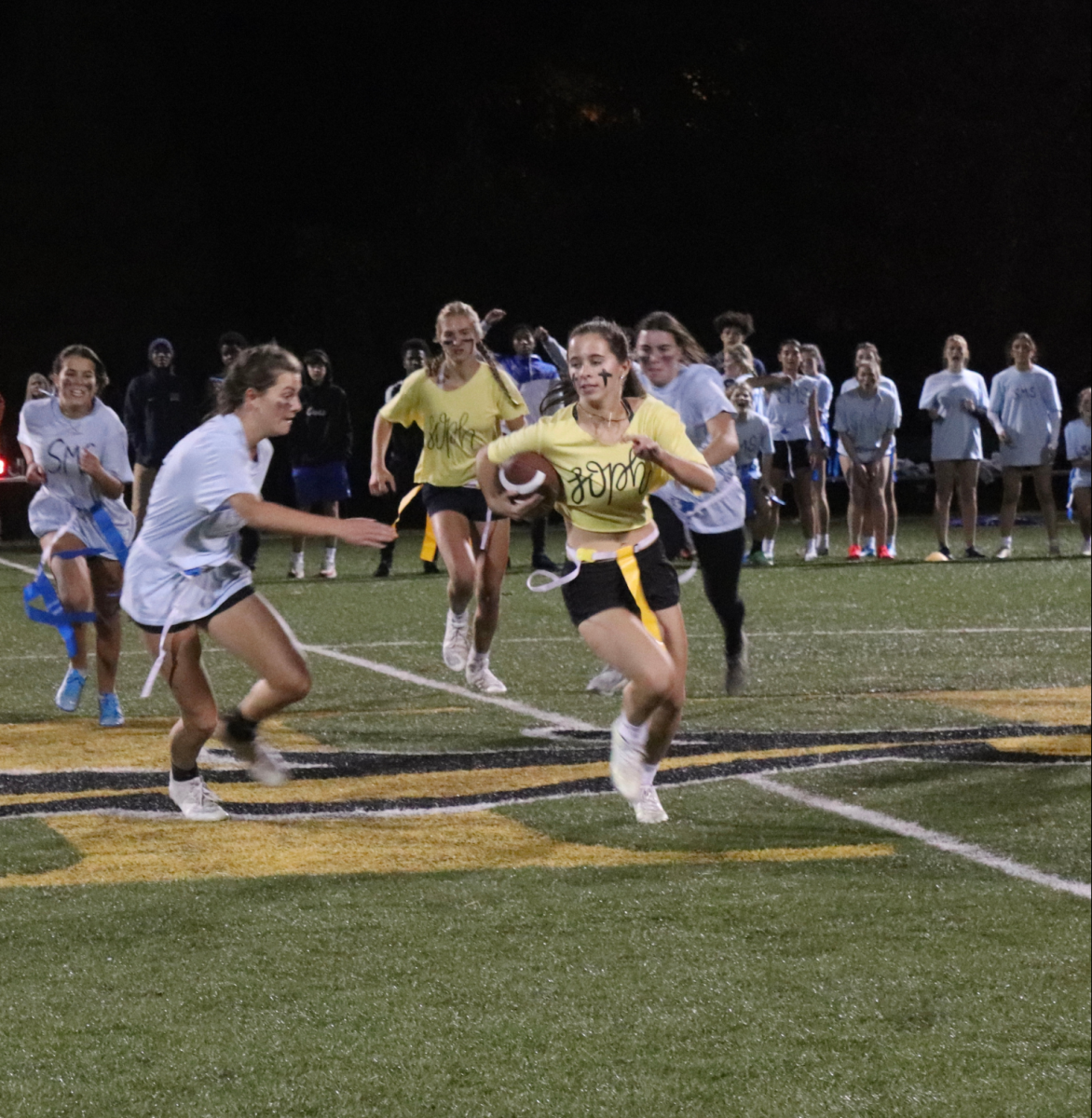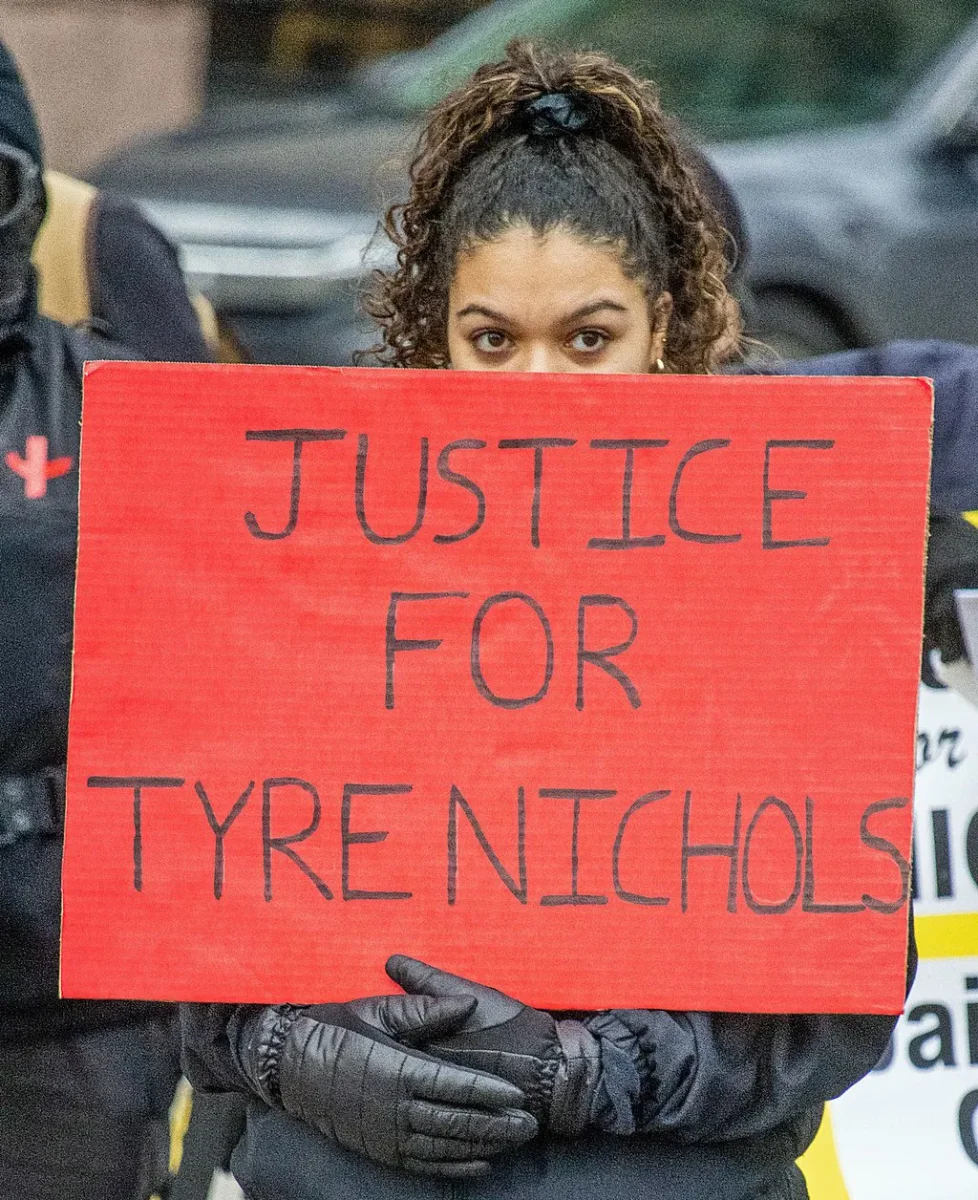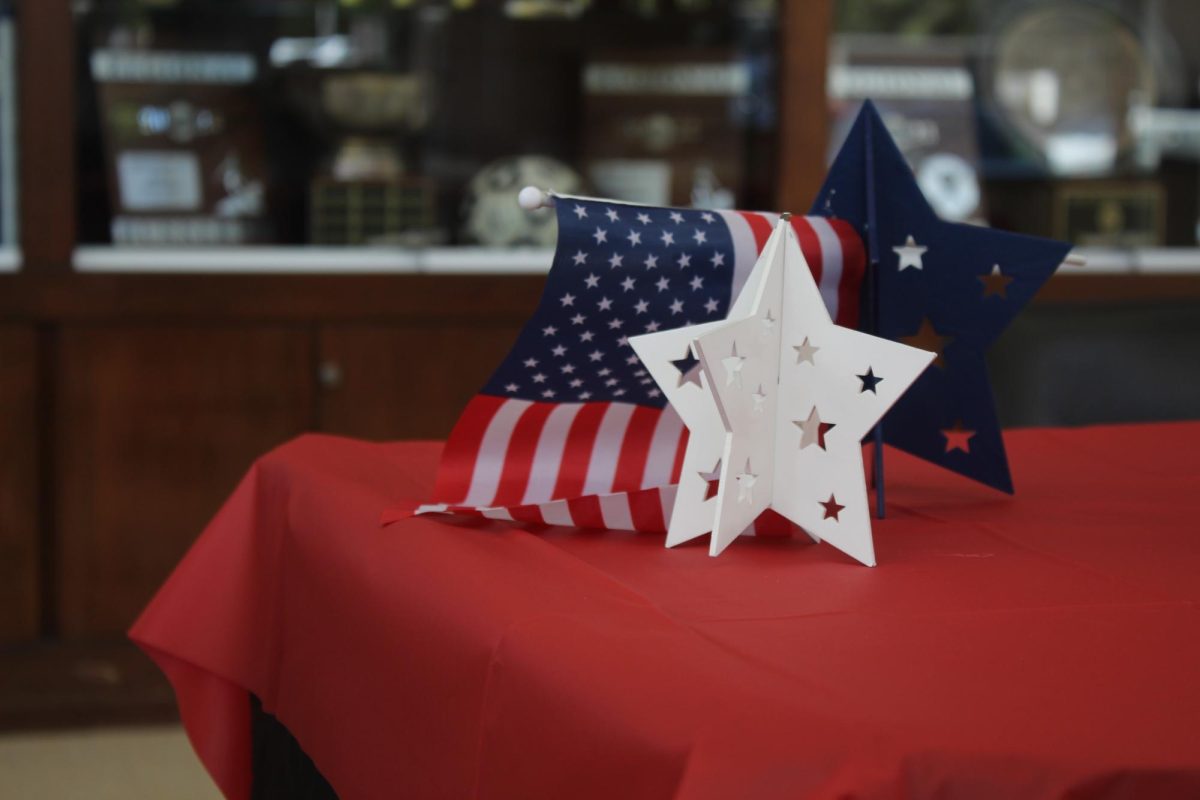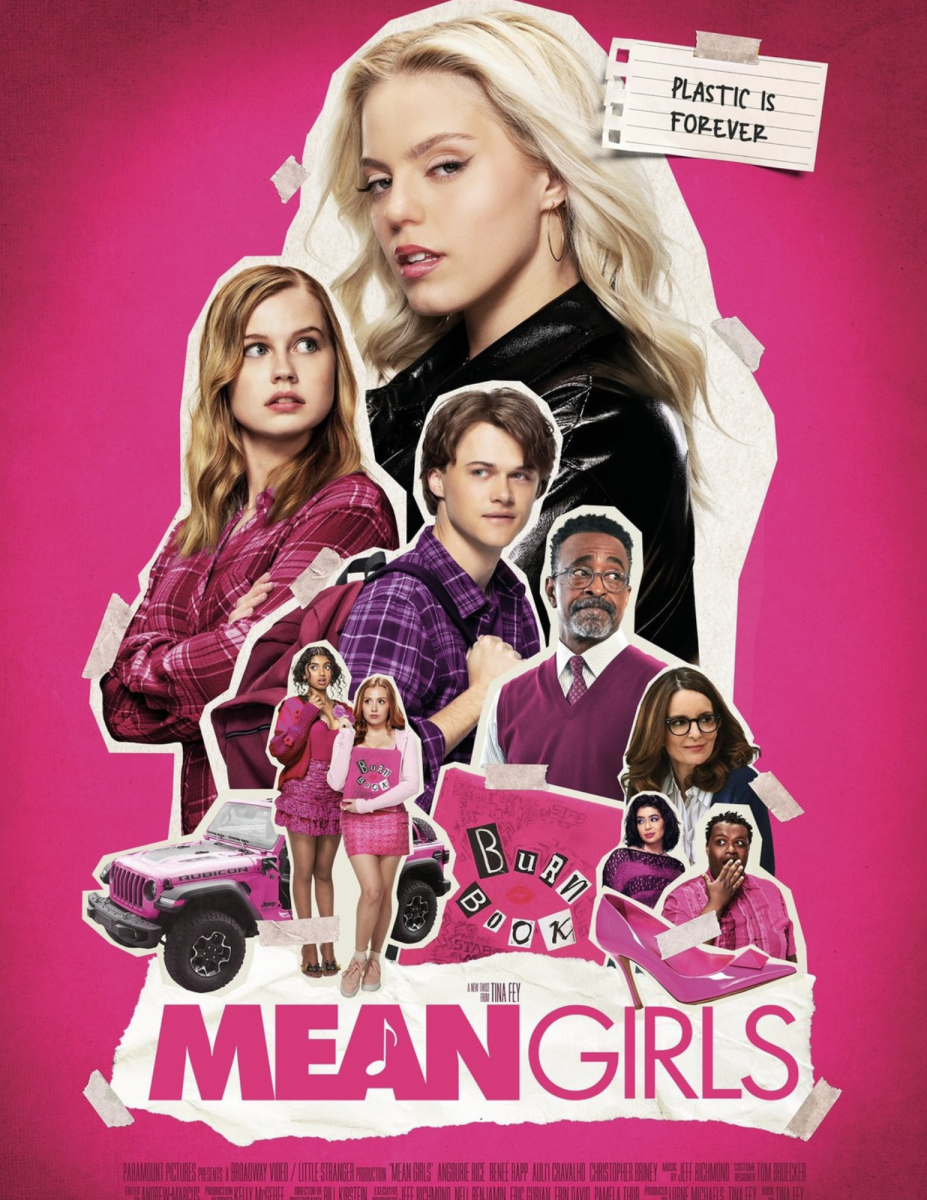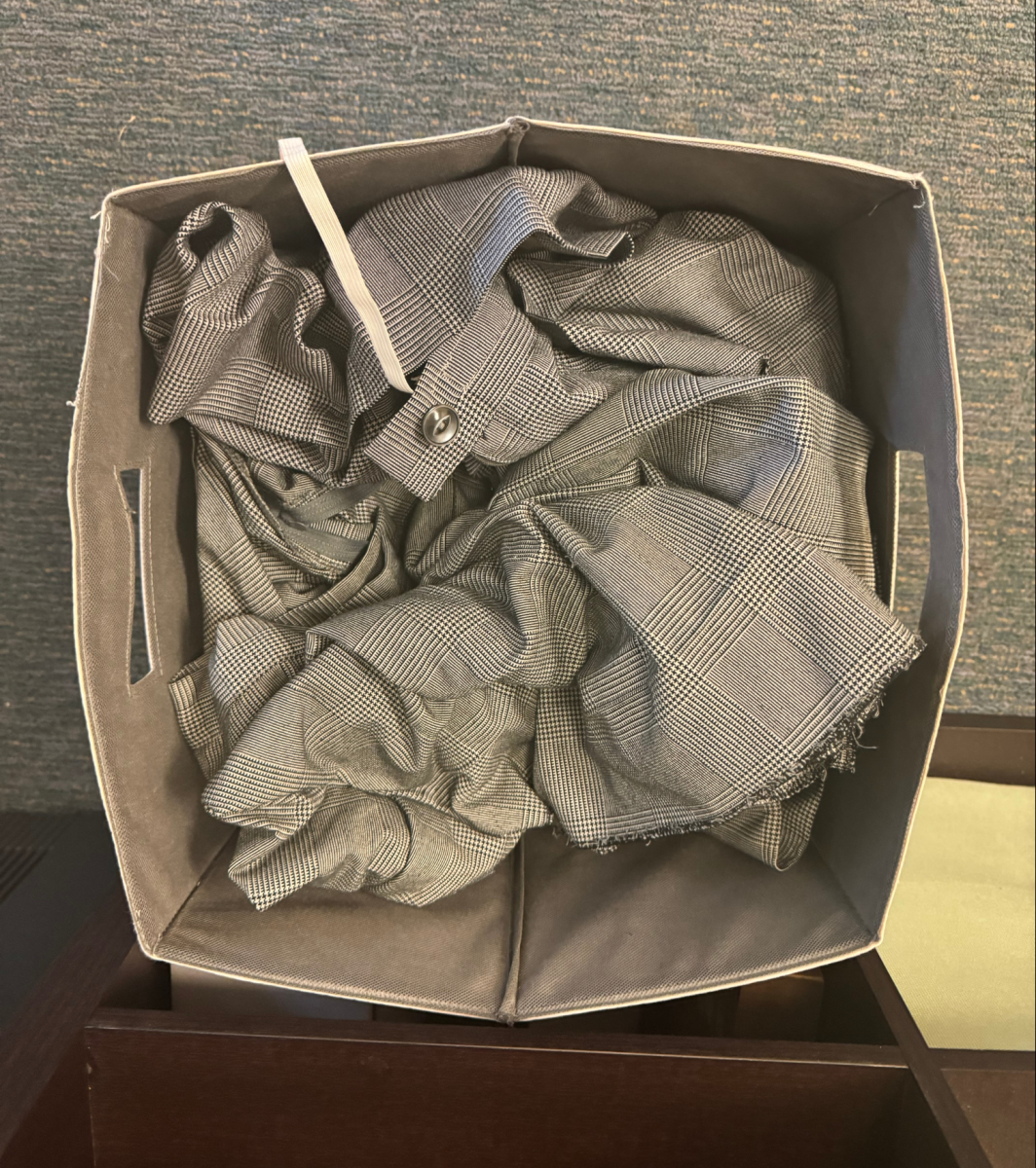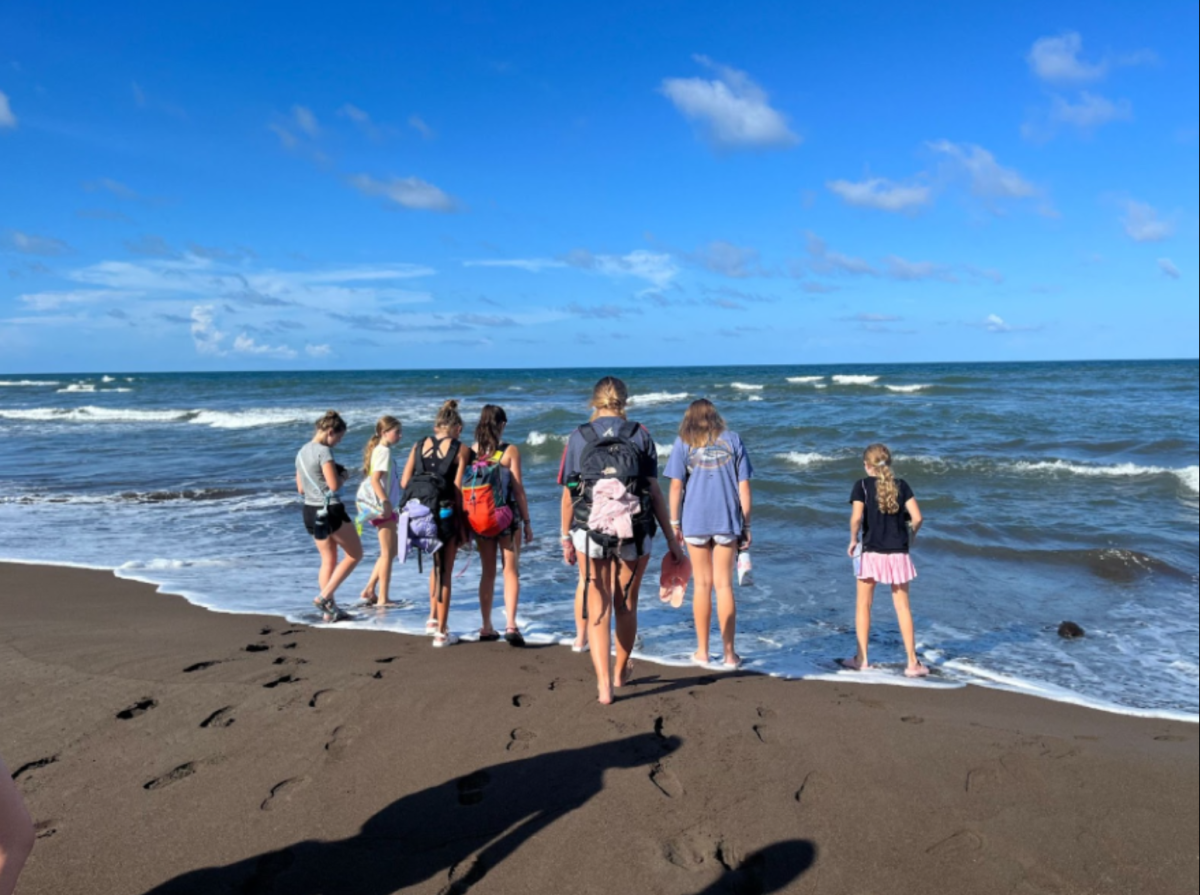Not only does this propose a question in the National Football Association, but also affects soccer, lacrosse, and recreational sports of both high-school and collegiate athletes. The controversial debate has begun to stir up some conversations in the sports world following ankle injuries of Aaron Rodgers and Travis Kelce. Some supporters of grass fields have even gone far enough using the hashtag “#SwiftiesAgainstTurf” following Kelce’s injury in Arrowhead, which Swift was in attendance for.
In addition to hashtags swarming on social media, one fan went to the length of creating and sending a petition calling for change from artificial turf to grass, following Kelce’s high ankle sprain. Loren Webb, creator of petition, wrote, “noticed an alarming increase in injuries related to artificial turf,” citing one study in particular that assessed injury rates among professional football players between 2012 and 2016
Prior to Kelce, the debate first resurfaced following quarterback Aaron Rodgers, first game with the New York Jets, following his trade this year from the Packers. As eager fans filled the stadium in hopes for the Jets to finally make a change in their franchise history, Aaron Rodgers quickly went down upon the first play of the season. Trainer Glatter stated, “The sudden movement of his heel and foot upward, with the weight of Leonard Floyd on his back, along with his prior calf strain were important factors leading to his complete achilles tendon rupture,” Glatter said “His age was also a factor and perhaps the type of turf.” Although some sources reveal that the injury could equivalently be as severe on a grass field, that has not stopped the recent backlash concerning the real reason behind artificial turf.
Now what is the purpose of artificial turf?
The debate between turf vs grass field has widened over the years, and caused even more attention during the start of the 2023 season. But one question sometimes goes unanswered, why do we implement artificial turf fields in the first place? With artificial turf fields, although upfront cost is expensive, ideally requires little to no maintenance throughout the season in the long run. Along with cost wise, it turns out that artificial turf happens to be more environmentally friendly. Unlike normal grass requiring loads of pesticides, fertilizers, and unnatural chemicals being poured into the field, turf requires little to zero guidelines when it comes to maintaining a perfect field. On top of that, turf fields widen the endless opportunities that big stadiums can bring. Crowds from concerts, rodeos, monster trucks, you name it, artificial turf widens the possibilities for these events to occur, which from an economic standpoint, is very helpful.
Weather is a key factor underlying this debate, which some may look past. Depending on region and location, weather fluctuates by the week as the season begins to dive into the fall and winter seasons. “There’s been a grass field I’ve played on that was probably worse than a turf field,” Vikings defensive tackle Harrison Phillips said. NFL stadiums such as the Jets, which is located in New York, have a dome, which is an indoor stadium.
During the long winter season, Jets and Giants fans are able to still attend games at a comfortable temperature, which positively increases fan turnout and promotes games. Not only does weather affect the play of athletes, but also fan turnout, but weather increases injury. A poorly maintained grass field can cause easy injuries such as ankle sprains, arm sprains, or even tears. “For years, the grass field at Nissan Stadium in Nashville was a mess. It was loose in some areas and barren in others, and it got increasingly slippery during the Tennessee Titans’ regular season. Worse, according to data collected by the NFL and the NFL Players Association, there was a higher rate of non contact injuries to the lower extremities on that grass field than on artificial turf in some NFL stadiums.”(ESPN) The debate continues. Following the 2022-2023 season, the Tennessee Titans then called upon the local governments and advocated for a turf field for the start of their 2023 season.
But what about the injuries this season?
Following the tear of Jets quarterback Aaron Rodgers, NFLPA executive director Lloyd Howell sprung into action calling upon various owners to stop the turf and convert to grass. In terms of finance, Howell met with executives to break down the theory of grass in terms of the 2026 FIFA World Cup. It’s estimated a natural grass field could cost a cold-weather team $2 million to $3 million per year to maintain, including $400,000 each time it’s replaced, according to a professor of turf grass research at Michigan State. Turf would cost approximately $1.25 million to install and maintain, according to the Capital Improvement Board, which operates Lucas Oil Stadium in Indianapolis. Prices, however, vary by market. So what is the answer?
Turf technology has come a long way since its first debut, however the debate still stands, grass vs. turf. Despite the fact that grass can “potentially” save less injuries during the season, the verdict remains that most stadiums are publicly owned. Along with publicly owned property, the facts present themselves concerning that turf is the cheaper option, along with various weather conditions, and overall easier and economically and environmentally friendly.




